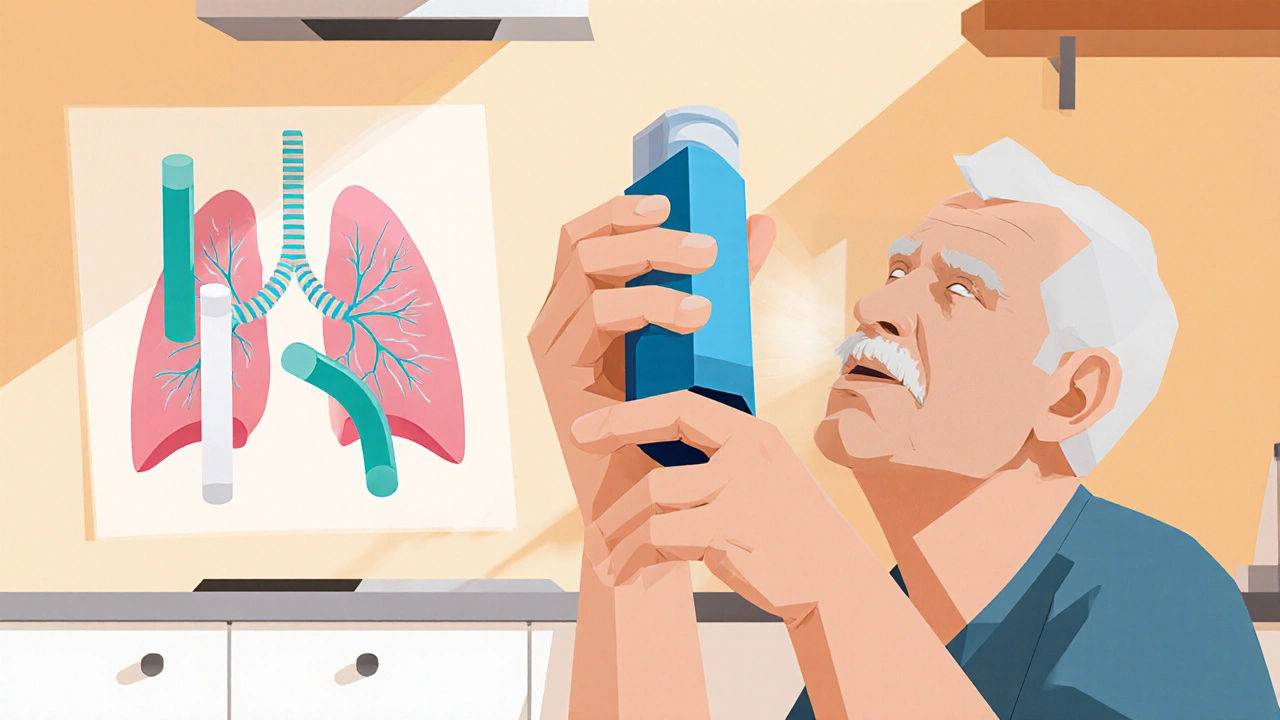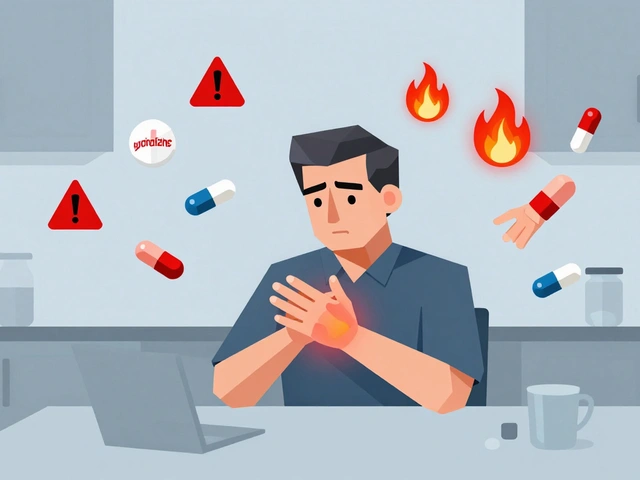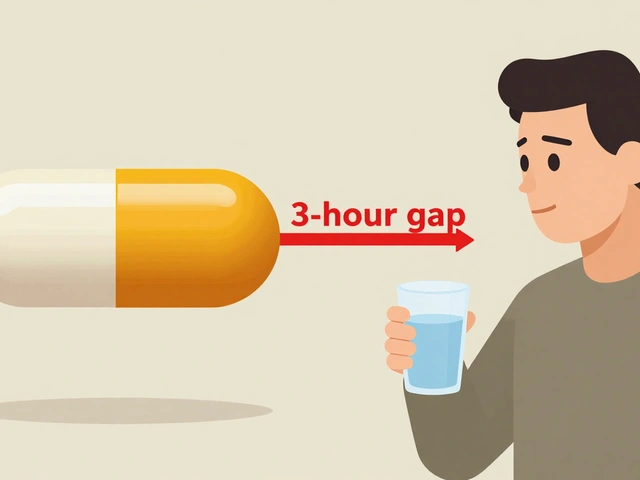Breathing Exercises: How to Use Them for Stress, Heart Health, and Better Sleep
When you take a slow, deep breath, you're not just getting more air—you're sending a signal to your nervous system to calm down. breathing exercises, deliberate patterns of inhaling and exhaling designed to influence physical and mental states. Also known as controlled respiration, they’re one of the oldest, cheapest, and most effective tools for managing stress, heart rhythm issues, and even chronic lung conditions. You don’t need a gym, a pill, or a doctor’s note. Just your lungs and a few minutes a day.
These techniques work because your breath connects directly to your autonomic nervous system. Slow, rhythmic breathing triggers the parasympathetic response—the part of your body that handles rest, digestion, and healing. That’s why people with supraventricular tachycardia, a type of rapid heart rhythm that can be triggered by stress or anxiety. Also known as SVT, it often find relief with diaphragmatic breathing. It’s not a cure, but it reduces how often episodes happen. Same goes for overactive bladder, a condition where nerve signals misfire, causing sudden urges to urinate. Also known as urge incontinence, it. Studies show that mindful breathing helps calm the bladder nerves, just like it calms the heart. And if you’re dealing with stress, a trigger for blood clots, high blood pressure, and sleep disruption. Also known as chronic tension, it, breathing exercises cut cortisol levels faster than most medications—with no side effects.
You’ll find real examples of this in the posts below. People using breathing techniques alongside medications like atenolol for heart rate control. Others combining breathwork with pelvic floor training to manage urinary issues. Even patients with multiple sclerosis, a condition that affects nerve signals and can cause fatigue and muscle stiffness. Also known as MS, it report better mobility and less fatigue after daily breathing routines. These aren’t guesses. They’re habits backed by patient results and clinical observation.
There’s no single right way to breathe. Box breathing. 4-7-8. Diaphragmatic. Pursed-lip. Each has its place. Some help you fall asleep. Others stop panic attacks. A few even improve oxygen flow in people with chronic bronchitis, a long-term lung condition marked by mucus buildup and shortness of breath. Also known as COPD, it. The key isn’t perfection—it’s consistency. Five minutes a day, done right, beats an hour once a week.
What follows is a collection of real-world stories and practical guides showing how breathing exercises fit into daily health routines. You’ll see how they pair with medications, supplements, and lifestyle changes. No fluff. Just what works—and what doesn’t—for people managing real conditions every day.
Learn how tiotropium bromide works, master the Respimat inhaler technique, tackle common usage problems, and get practical tips to improve your COPD treatment.
Continue reading...






